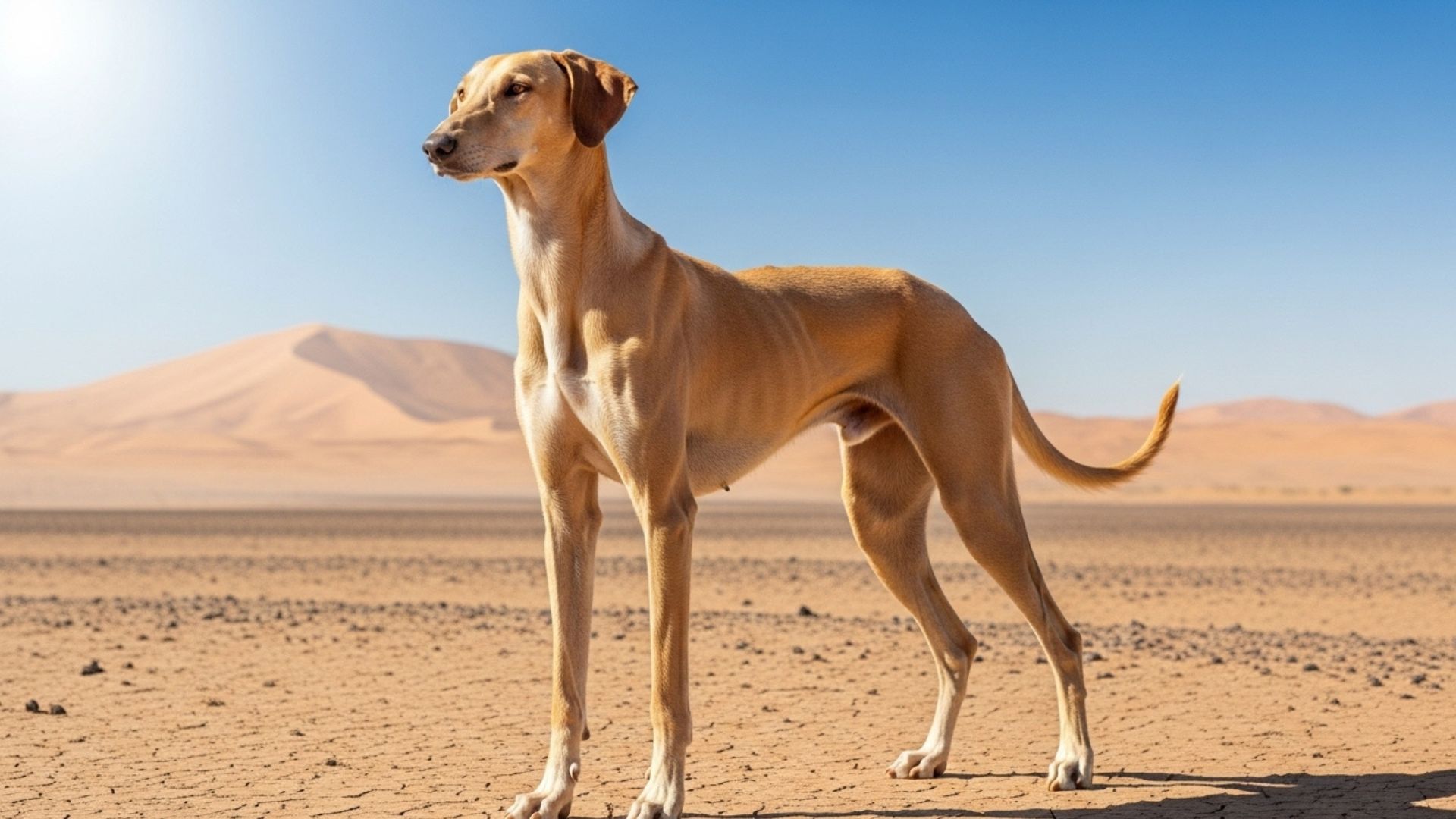Global climate predictions indicate that temperatures will remain at or near record highs over the next five years. According to a new report from the World Meteorological Organization (WMO), this trend will heighten risks and impacts on societies, economies, and sustainable development.
Dogs, however, carry a secret superpower: adaptation. A 2025 overview on canine environmental resilience reveals how certain breeds evolved those thick coats, lean bodies, or efficient cooling systems to master extremes.
Imagine a pup that laughs at – 40 °C winters or grazes under desert suns without batting an eye. These rare canines aren’t fantasy—they’re real, rare, and magnetic.
In this post, we’ll roam across frozen plateaus and sun-scorched sands to meet seven extraordinary breeds.
Get ready for a tail-wagging journey into nature’s finest climate warriors—dogs born to outlast, outplay, and out-chill any weather.
Rare Dog Breeds Built For Withstanding Extreme Temperatures
1. Norwegian Lundehund
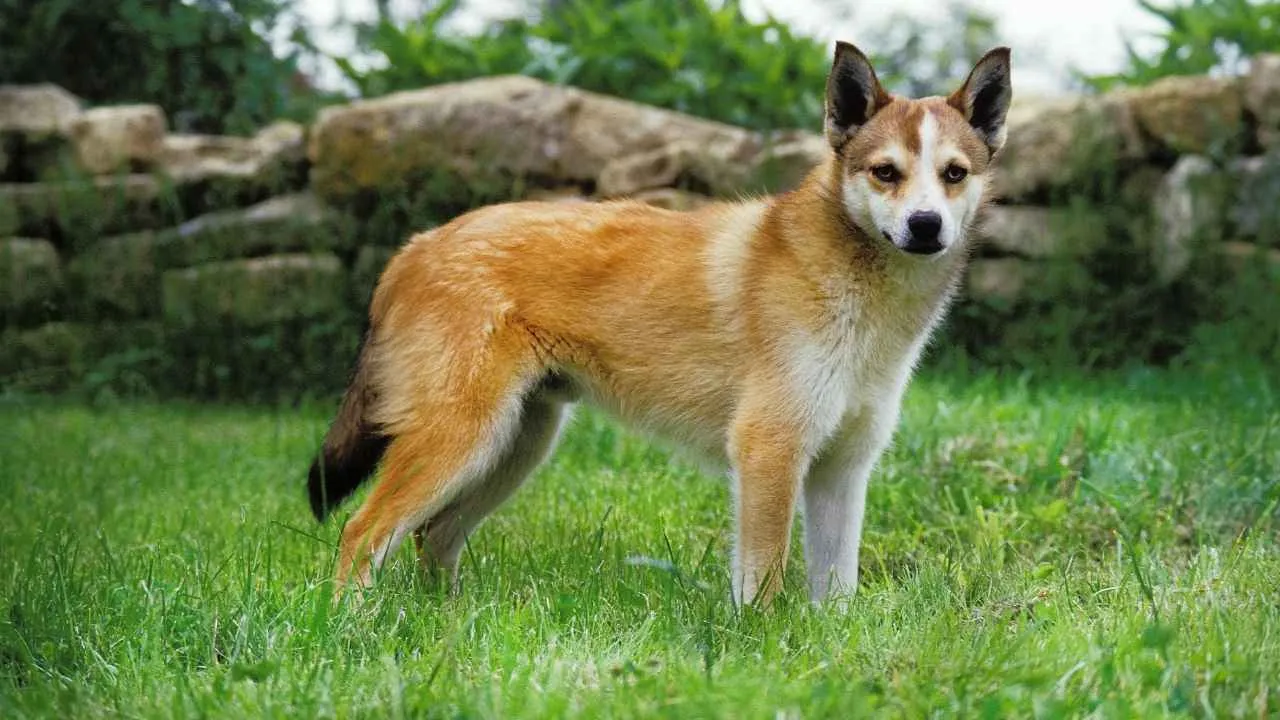
The Norwegian Lundehund is built for the harsh, rocky coastlines of northern Norway, where icy winds and unpredictable weather dominate.
Its double coat—soft underneath, harsher on top—offers vital insulation for maintaining body temperature, while its extra toes provide stability on slippery, frost-covered cliffs. This rare canine can withstand cold temperatures that would challenge many other breeds.
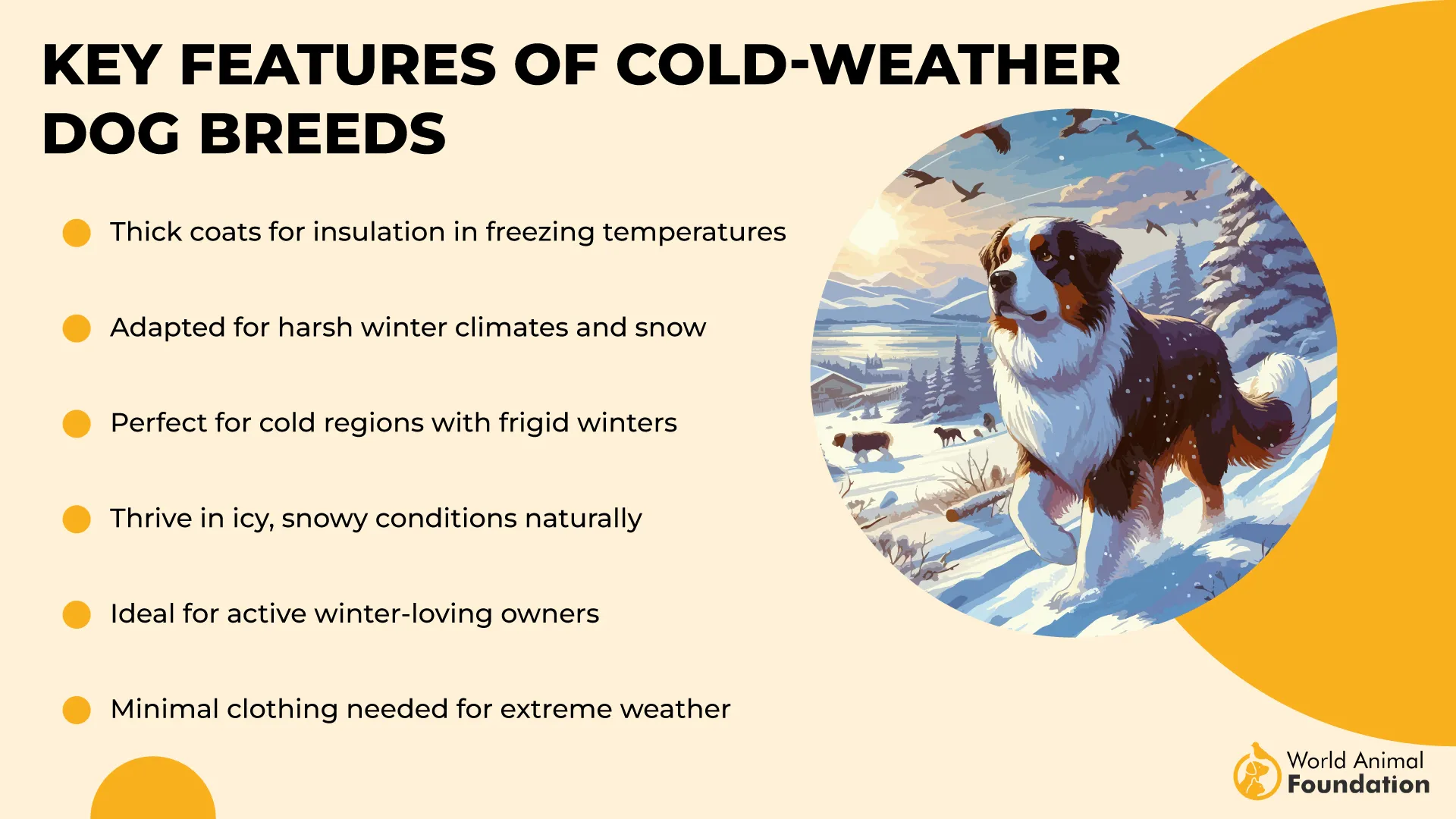
Historically, this dog was a puffin hunter, navigating cliffs that no human dared climb, according to AKC. Its weather-resistant coat came in varied shades, helping it blend into rugged terrain.
Recognized as one of the rarest breeds today, the Lundehund’s resilience is a living echo of its Arctic survival skills.
Owner Tips & Supplies
Insulated dog bed for cold nights
Quality joint supplements for cliff-jumping genetics
Grooming mitt to manage its dense coat
Despite its compact size, this breed bursts with energy. Daily exercise—short hikes or agility drills—keeps it mentally sharp. Its diet should be protein-rich, with omega fatty acids to support skin and coat health in chilly climates.
🎧 Dogcast
Episode 16 — If Dogs Could Talk: Why Humans Are Addicted to Technology
If you don’t hear sound, tap the button above to enable audio.
2. Finnish Lapphund
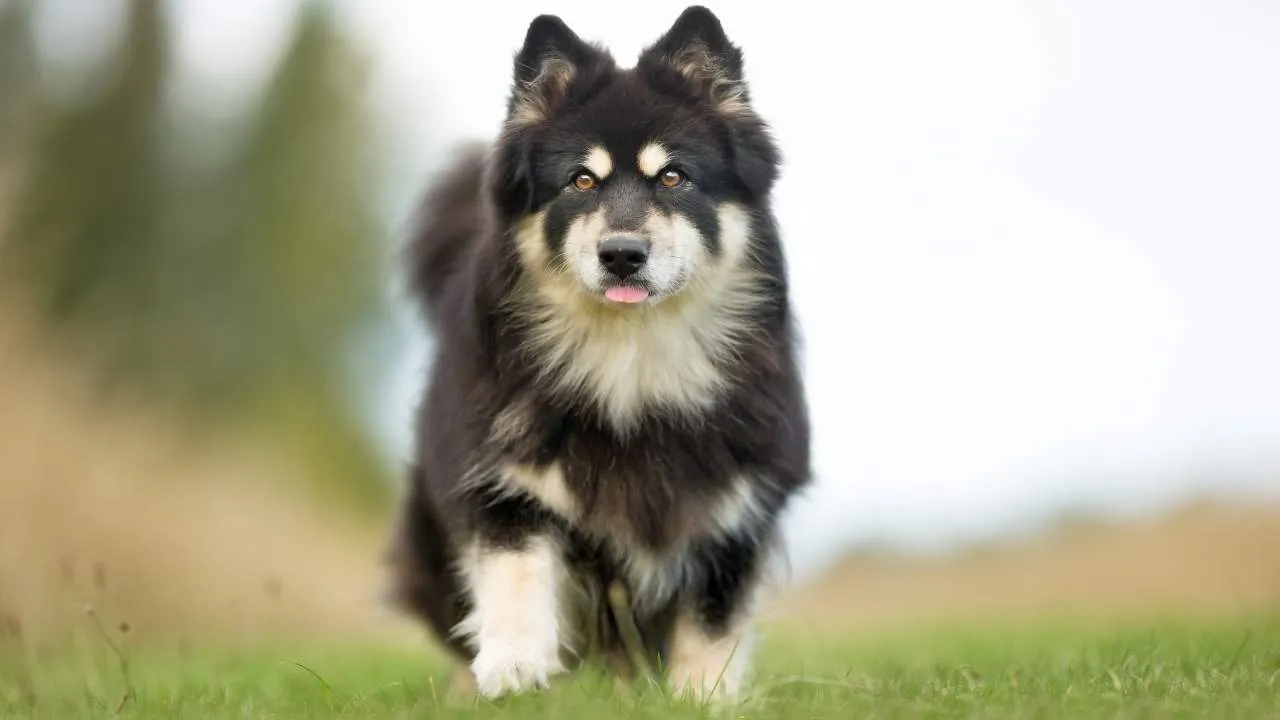
The Finnish Lapphund thrives in Arctic conditions, originally bred to herd reindeer in the frozen landscapes of Lapland.
Purina adds that its thick, weatherproof double coat insulates against bitter cold, while its expressive face and bushy tail protect from wind chill. This breed is perfectly adapted to sub-zero living.
Centuries ago, the Sámi people relied on the Lapphund for reindeer management. Its coat ranges from long and fluffy to shorter, but always offers snow protection. It’s an ancient working companion, valued for intelligence, endurance, and an affectionate nature.
Owner Tips & Supplies
Heavy-duty brush to manage shedding
High-protein treats for stamina
Harness for snowy hikes
This dog is energetic yet gentle, enjoying outdoor play but equally happy curling up indoors. A balanced diet rich in lean meats and fish oils supports joint health for icy terrain. With moderate exercise and social engagement, the Lapphund remains a loyal cold-weather friend.
3. Icelandic Sheepdog
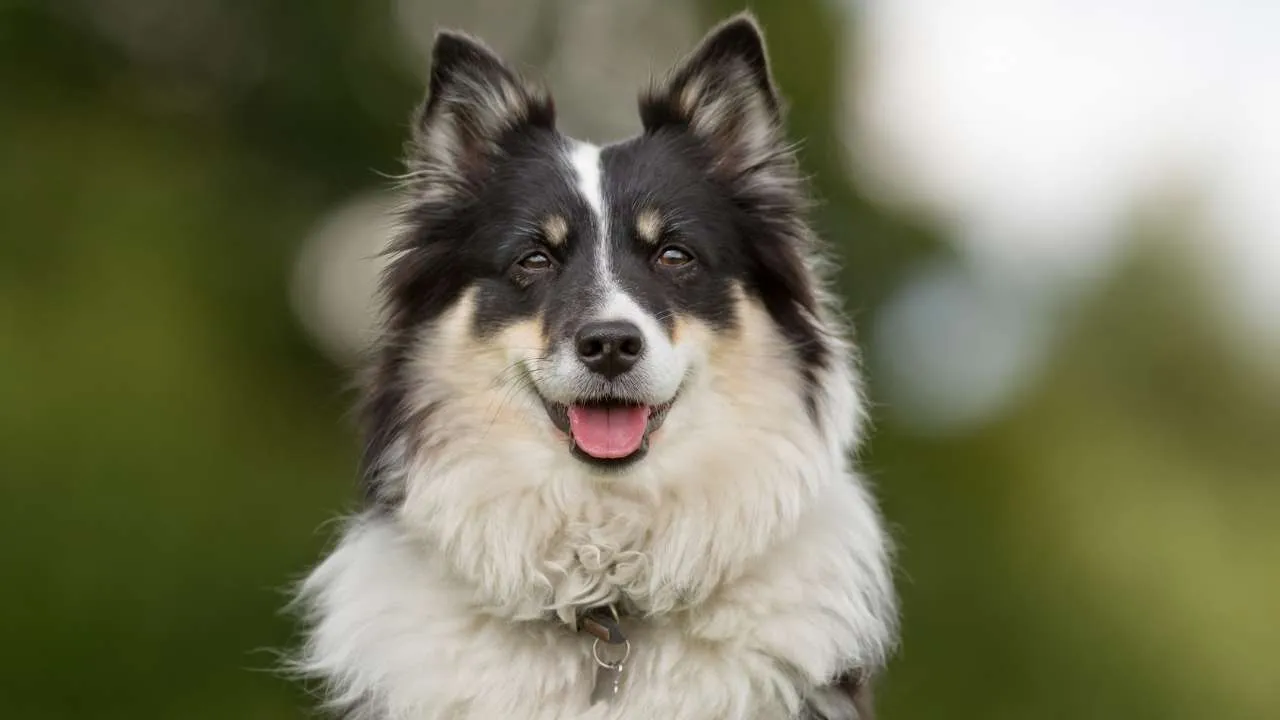
The Icelandic Sheepdog is Iceland’s only native breed, designed to endure windswept plains, rain, and snow.
Its double-layered coat resists moisture while offering warmth, making it perfectly suited for harsh Northern Atlantic weather. Its cheerful nature pairs with resilience, allowing it to thrive in rugged farm life.
Dating back to Viking settlements, this sheepdog was indispensable for herding in unforgiving climates. Its coat comes in long or short varieties, always fluffy, and its curled tail helps shield the nose in blizzards. It’s a living relic of Nordic survival history.
Owner Tips & Supplies
Durable outdoor toys to match its playfulness
Deshedding rake for coat upkeep
Weatherproof dog jacket for extreme storms
This breed is highly active, needing daily outdoor adventures to stay balanced. A diet rich in fish proteins echoes its Nordic roots, supporting muscle and coat vitality.
Mental stimulation, combined with exercise, ensures this snow-loving herder flourishes even in icy environments.
4. Norwegian Elkhound
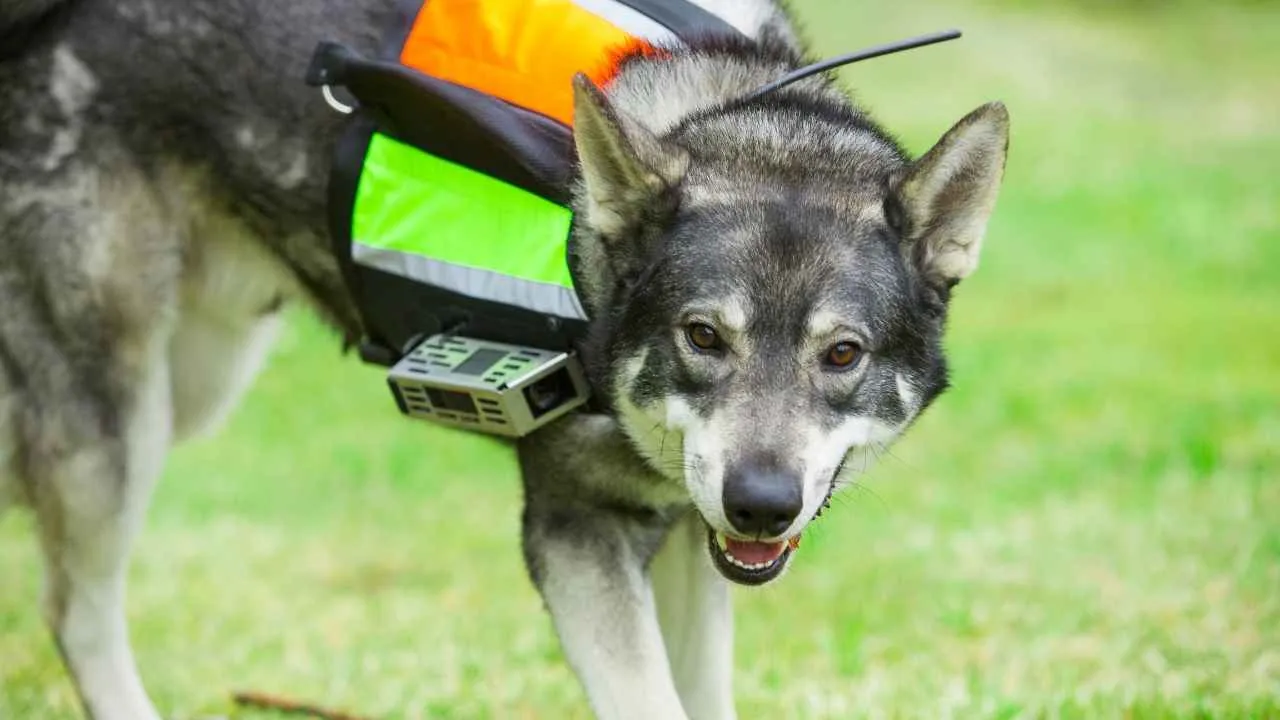
The Norwegian Elkhound is a powerhouse of endurance, bred to withstand Norway’s freezing forests and mountains.
Its silver-gray, weatherproof coat is dense enough to resist snow and rain, while its muscular build allows long treks through sub-zero conditions. This makes it one of the ultimate cold-climate guardians.
Used for centuries as an elk and moose hunter, the breed’s history is steeped in courage and loyalty. Its double coat comes in striking shades of gray, with a thick mane-like ruff for extra protection against wind. This heritage ties the Elkhound closely to Viking tradition and rugged exploration.
Owner Tips & Supplies
High-quality leash for strong pullers
Nail grinder for active, outdoor paws
Cooling mat for warm indoor months
WebMD recommends that Elkhounds require vigorous daily activity, from long hikes to hunting simulations.
Their diet should include protein-dense meals to fuel energy reserves, with glucosamine to support joints. With consistent exercise and hearty nutrition, this breed thrives in both harsh winters and active family homes.
5. Swedish Vallhund
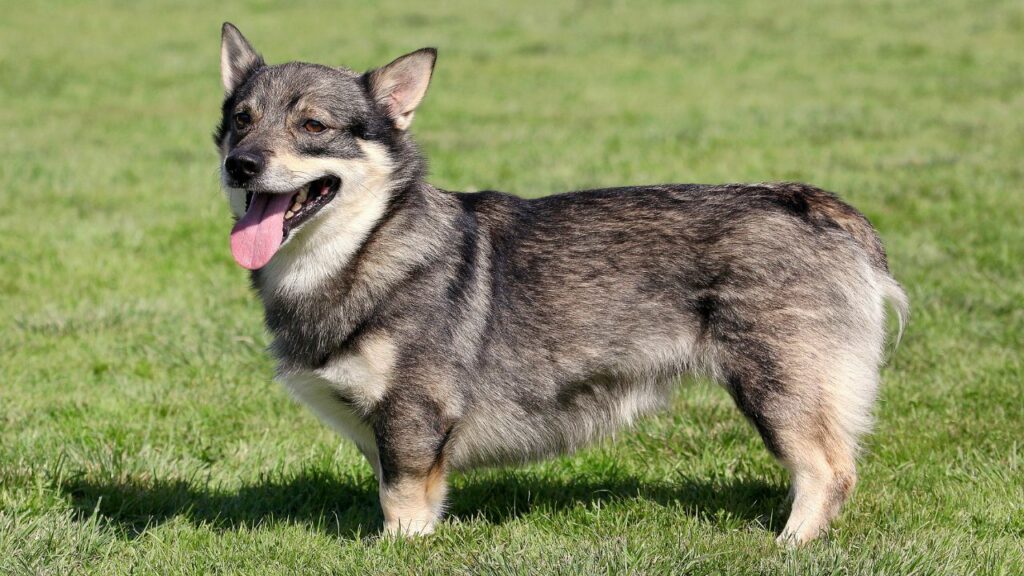
The Swedish Vallhund is a hardy herding dog, adapted to Sweden’s chilly pastures and damp climate.
Its medium-length, weather-resistant coat provides reliable insulation, while its short legs and sturdy frame let it move easily across icy fields. This Viking-era dog is as comfortable in snow as it is in wet, muddy ground.
Believed to date back over a thousand years, the Vallhund once worked alongside Vikings, driving cattle and guarding homesteads.
PetMD says that its dense double coat can range from sable to gray, and its natural endurance makes it a breed built for survival. Recognized for its versatility, this little powerhouse is still rare outside Scandinavia.
Owner Tips & Supplies
Interactive toys to engage its sharp mind
A pin brush for its dense coat
Comfortable harness for active walks
Energetic and eager, Vallhunds thrive on daily exercise and herding-style play. Their diet should include balanced proteins and healthy fats to sustain stamina. With proper mental stimulation, this breed blossoms as both a worker and family companion.
6. Canaan Dog
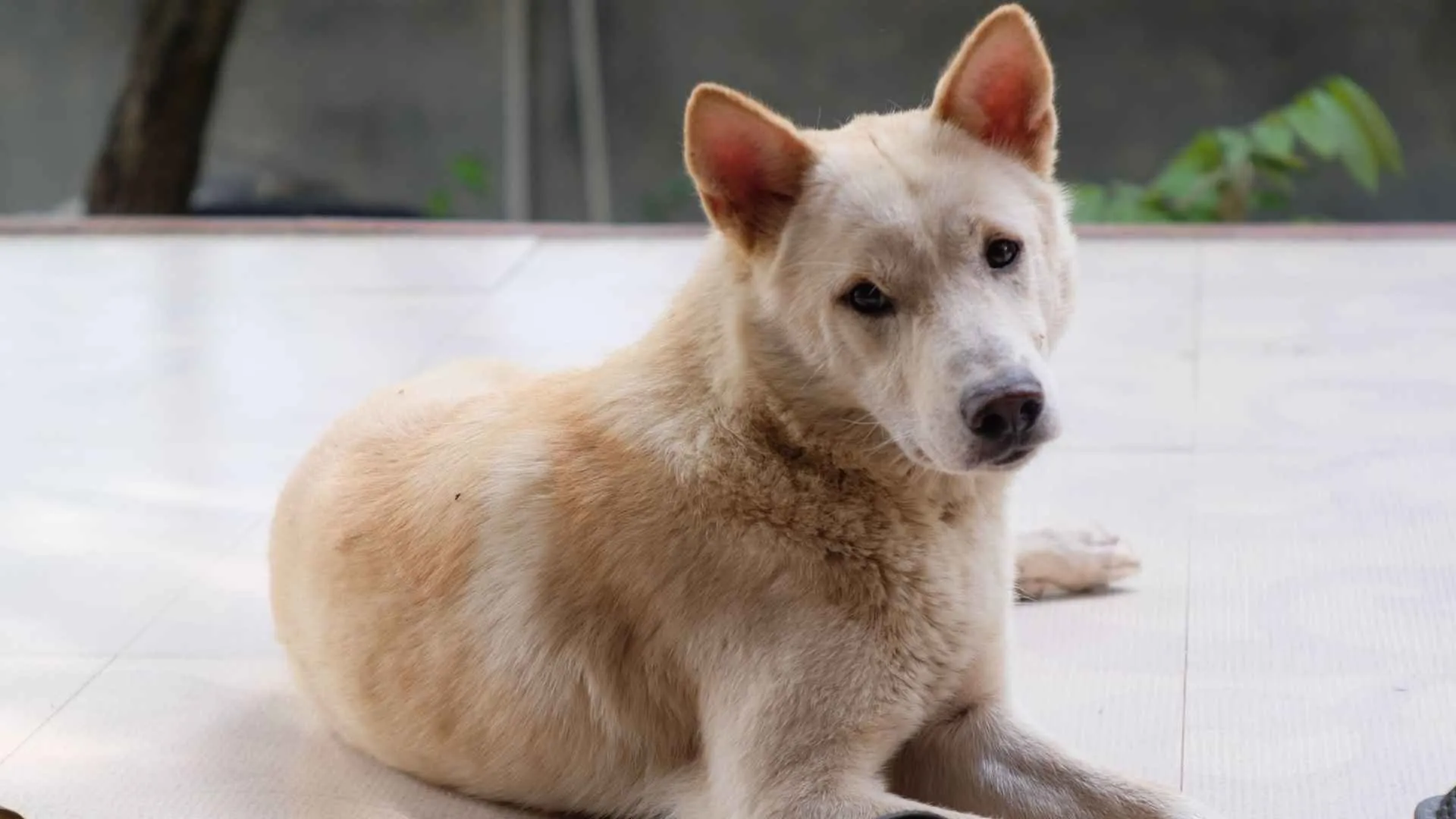
The Canaan Dog excels in desert heat, having developed survival instincts over thousands of years in the Middle East.
Its short, harsh coat keeps it cool under blazing sun, while its natural alertness ensures it remains cautious in harsh environments. This breed’s adaptability to extreme temperatures makes it a desert-born survivor.
Historically, Canaan Dogs guarded livestock and camps for nomadic tribes, blending independence with loyalty. Their coat varies in shades of sand, black, or white, always designed to resist dust and heat. Today, they remain one of the most authentic desert breeds, still relatively rare worldwide.
Owner Tips & Supplies
Cooling mat for hot climates
Durable chew toys for active minds
Lightweight leash for long walks
With moderate energy needs, this breed enjoys long daily walks and structured play. A lean, protein-rich diet supports endurance without overheating. Independent yet trainable, the Canaan Dog thrives best with consistent care in warm-weather homes.
7. Azawakh
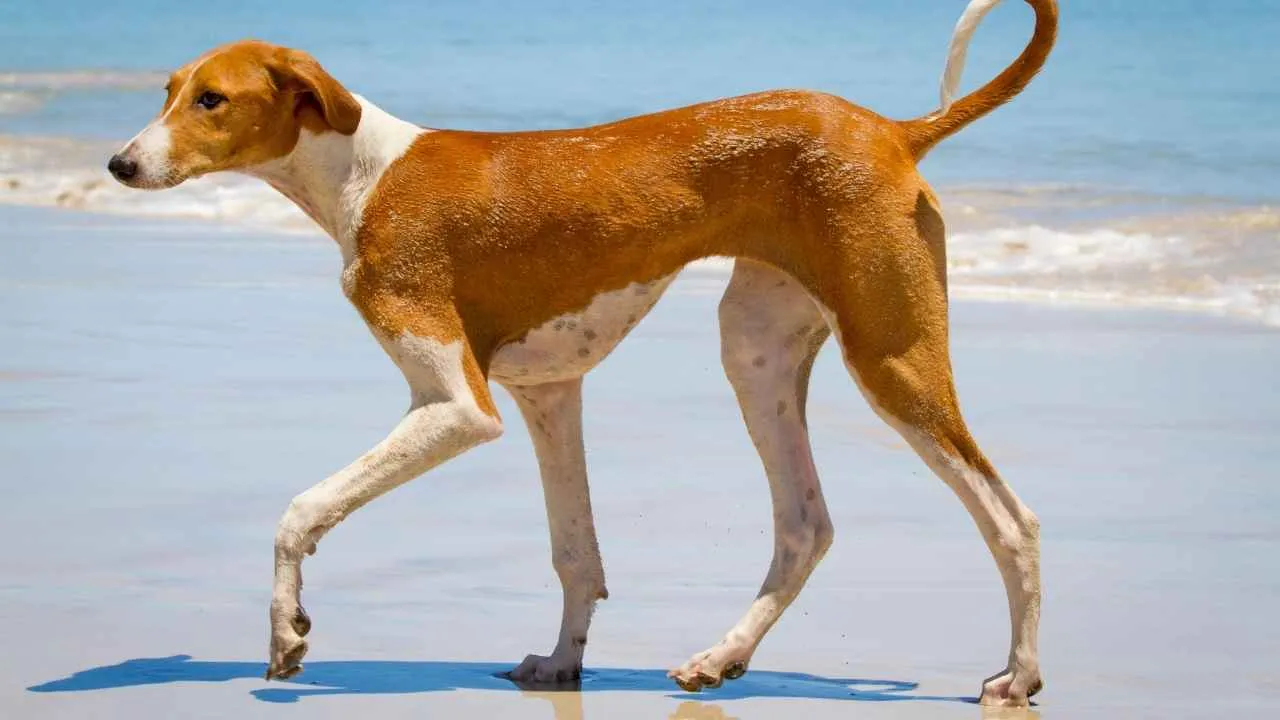
The Azawakh is built for survival in the Sahara and Sahel regions, thriving in scorching heat and arid landscapes.
Its slim, elongated body dissipates heat efficiently, while its short, fine coat provides minimal insulation, ideal for desert conditions and to tolerate hot weather. This rare sighthound represents elegance and endurance under the harshest climates.
For centuries, the Azawakh lived alongside nomadic Tuareg tribes, guarding camps and chasing swift prey across the desert.
Its coat is smooth and comes in shades of fawn, brindle, or white, reflecting light to reduce overheating. This breed embodies the spirit of resilience and loyalty in Africa’s toughest terrains.
Owner Tips & Supplies
Soft bedding for lean frames
Lightweight coat for cooler nights
High-protein diet to support speed and energy
The Azawakh requires daily sprinting opportunities and loves to run freely in safe spaces. Its diet should prioritize lean proteins to fuel athleticism, with hydration always monitored in warm weather.
Though independent, it bonds deeply with its family, making it a striking yet sensitive hot-climate companion.
FAQs
1. Do these extreme-weather breeds need special care in mild climates?
Yes, while adaptable dogs can adjust to milder conditions, they still need attention to grooming, exercise, and comfort. For example, a breed with a thick double coat may shed more and benefit from regular brushing and cooler indoor spaces.
2. What physical traits help cold-weather breeds survive extreme winters?
Cold-weather breeds often have a dense undercoat, thick fur, and sturdy builds that trap heat. Features like curled tails, erect ears, and long legs help protect them against snow, wind, and freezing temperatures.
3. Do hot-climate breeds face challenges in colder environments?
Absolutely—breeds with thin coats or smooth coat types can get cold easily and may need sweaters, heated beds, or shorter outdoor exercise sessions. With proper training and the right gear, they can still enjoy cooler climates safely.
Conclusion
Dogs come in all shapes, sizes, and climates—from the Saint Bernard of the Swiss Alps to the Australian Cattle Dog in a warm climate. Each breed has unique needs, whether it’s keeping thick double coats comfy in cooler climates or helping short coat pups stay cool when temperatures rise.
Some gentle giants like the Great Dane or Alaskan Malamute thrive with outdoor exercise, while pint-sized pups such as the Italian Greyhound or Chinese Crested may handle hot weather but get cold easily.
For pet parents, the goal is simple: plenty of fresh water, smart rest breaks, and care that fits your dog’s build, from erect ears to short muzzle. Ready to find the perfect four-legged friend? Explore more breeds and tips to keep them happy in any climate!


